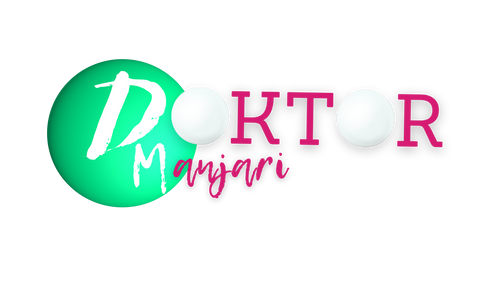Doktor Manjari
Alopecia Areata
Alopecia Areata
Couldn't load pickup availability
Alopecia areata is a type of autoimmune disease that causes hair loss on the scalp and other parts of the body, often in clumps the size and shape of a quarter. Here are some key points related to alopecia areata:
Recommended treatment duration
1-3 years.
Duration of required treatment would depend upon the causative factors and severity of illness.
Causes:
• Alopecia areata is an autoimmune disorder where the body's immune system attacks its hair follicles, which leads to hair loss.
. The exact cause of the immune system's attack is not known, but it is believed to be a combination of genetics and environmental factors.
Types:
• Alopecia areata: Patchy hair loss on the scalp or other parts of the body.
. Alopecia totalis: Total hair loss on the scalp.
• Alopecia universalis: Complete hair loss on the scalp and body.
• Ophiasis alopecia areata causes hair loss in a band shape around the sides and back of the head.
Symptoms:
• The primary symptom of alopecia areata is patchy hair loss on the scalp or other parts of the body.
• The patches can be round or oval in shape and may have smooth, hairless skin.
• Hair loss may also occur in the eyebrows, eyelashes, and beard.
• Some people may experience mild itching or tingling in the affected areas before hair loss occurs.
• Patches may get larger and grow together into a bald spot.
• Hair grows back in one spot and falls out in another. • Loss of a lot of hair over a short time.
• Fingernails and toenails become red, brittle, and pitted.
Risk factors:
. Genetics: Alopecia areata tends to run in families, so if a close family member has the condition, there is a higher chance of developing it as well.
. Autoimmune disorders: People with other autoimmune disorders, such as rheumatoid arthritis or lupus, may be more likely to develop alopecia areata.
. Age: Alopecia areata can occur at any age, but it is more common in people under the age of 30.
. Stress: Emotional or physical stress can trigger or worsen alopecia areata.
. Allergies: People with a history of allergies may be more likely to develop alopecia areata.
. Thyroid disorders: People with thyroid disorders, such as hypothyroidism or hyperthyroidism, may be more likely to develop alopecia areata.
. Infections: Certain infections, such as viral or bacterial infections, may trigger or worsen alopecia areata.
Diagnosis:
• Examination of the affected area and may need a scalp biopsy to confirm the diagnosis.
• Blood tests may also be ordered to rule out other autoimmune disorders.
• Pull gently on the hairs at the edges of the bald patch to see if they come out easily.
• Check individual hairs and follicles to see if they’re abnormally shaped. • Examination of nails.
Complications:
• Alopecia areata does not usually cause any serious complications, but it can be emotionally distressing for some people.
• People with alopecia areata may experience anxiety, depression, or social isolation.
• In some cases, the hair loss may be permanent and irreversible.
Homeopathic Treatment approach
Prescription of Homeopathic medications for intake and external application if required.
Dietary advises according to the cause.
Dos and don’ts depending upon the case.
Blood test would be advised accordingly.
Counselling about the disease.
Share




